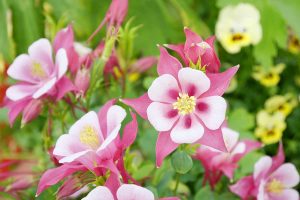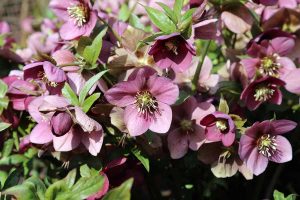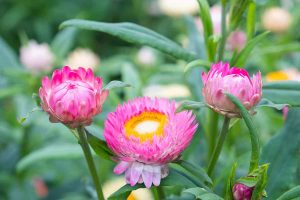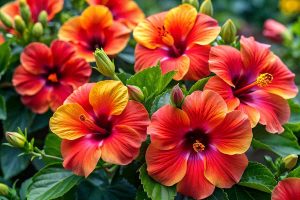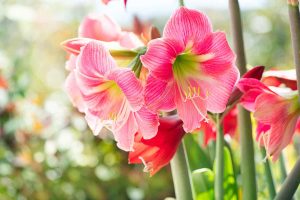You step outside in early September. The summer heat is finally letting up, but your yard still feels kind of empty. September is a great month to plant flowers like pansies, snapdragons, violas, and calendulas for a strong fall display. With a little planning, you can get a lot of color going fast.
If you want your garden to pop with color into fall and even early winter, this is your window. Whether you’re dividing and replanting perennials or tossing in some cool-season annuals for instant results, September’s your friend.
There’s less weed competition and fewer pests now, so your new flowers get a head start. It’s a chance to set up a garden that actually keeps looking good as the days get shorter.
Table of Contents
- Flowers to Plant In September
- Pansies
- Violas
- Snapdragons
- Calendula
- Sweet Alyssum
- Ornamental Kale
- Ornamental Cabbage
- Dusty Miller
- Stock
- Coneflowers (Echinacea)
- Black-eyed Susan (Rudbeckia)
- Columbine
- Hellebores (Lenten Rose)
- Lupines
- Gaillardia (Blanket Flower)
- Shasta Daisy
- Salvia
- Coreopsis
- Tulips
- Daffodils
- Hyacinths
- Crocus
- Alliums
- Grape Hyacinths (Muscari)
- Milkweed (Asclepias)
Flowers to Plant In September
With cooler nights and softer sun, September is honestly one of the best months for planting. You can add color that’ll carry you through winter, and help some spring bloomers get a jump on next year.
Pansies
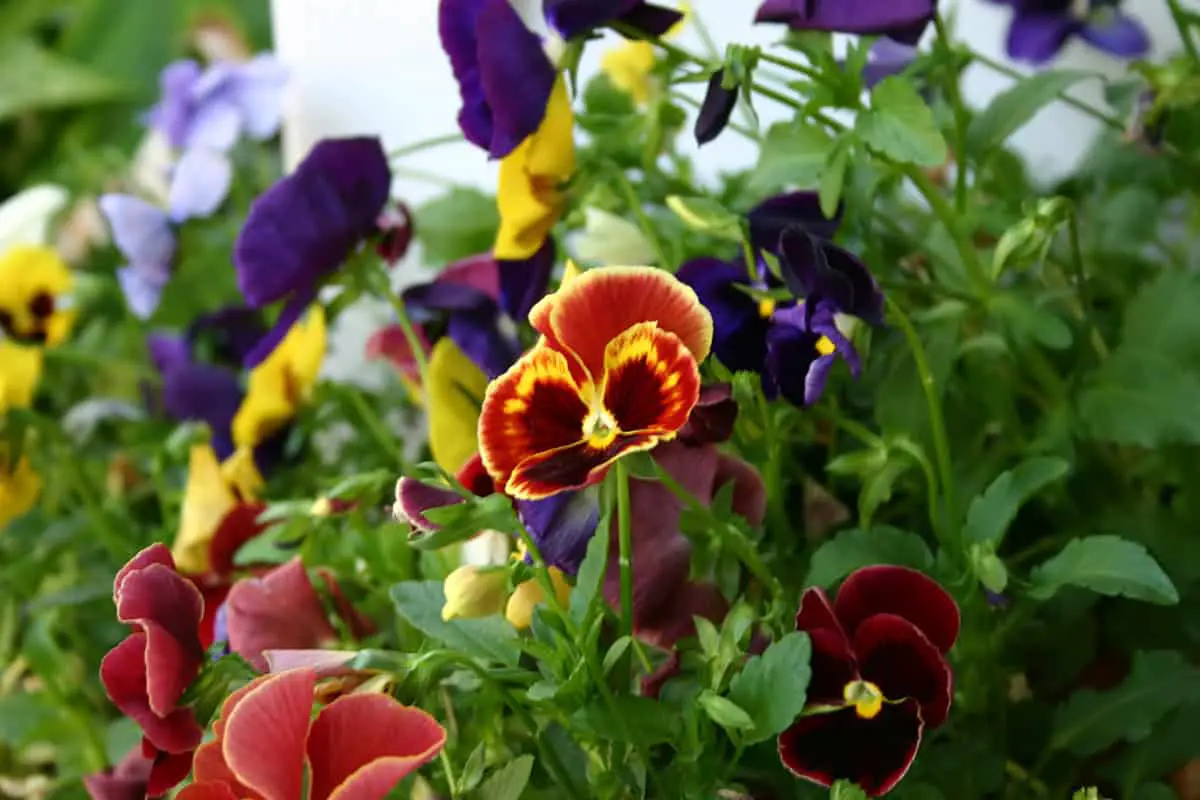
For a quick burst of color, pansies are tough to beat. They come in everything from deep purple to sunny yellow and can handle chilly nights without flinching.
Stick them in well-drained soil where they’ll catch some morning sun but get a break from the harsh afternoon rays. They’re great for borders, pots, or just about anywhere you want a splash of cheer.
Just don’t let their roots stay soggy. Snip off faded flowers and you’ll keep the show going. In a lot of places, pansies will hang on well into winter.
Violas

Violas give you small, bright blooms from fall right into spring. Their petite size makes them perfect for containers or tucking under taller plants. They’re available in a bunch of colors and look pretty delicate up close.
They like moist, well-drained soil and a spot with partial sun. Water them regularly, but don’t drown them.
Pinch off old flowers to keep them blooming. There’s a light fragrance that draws in bees, and they’re pretty tough against light frost. You’ll get color for ages.
Snapdragons
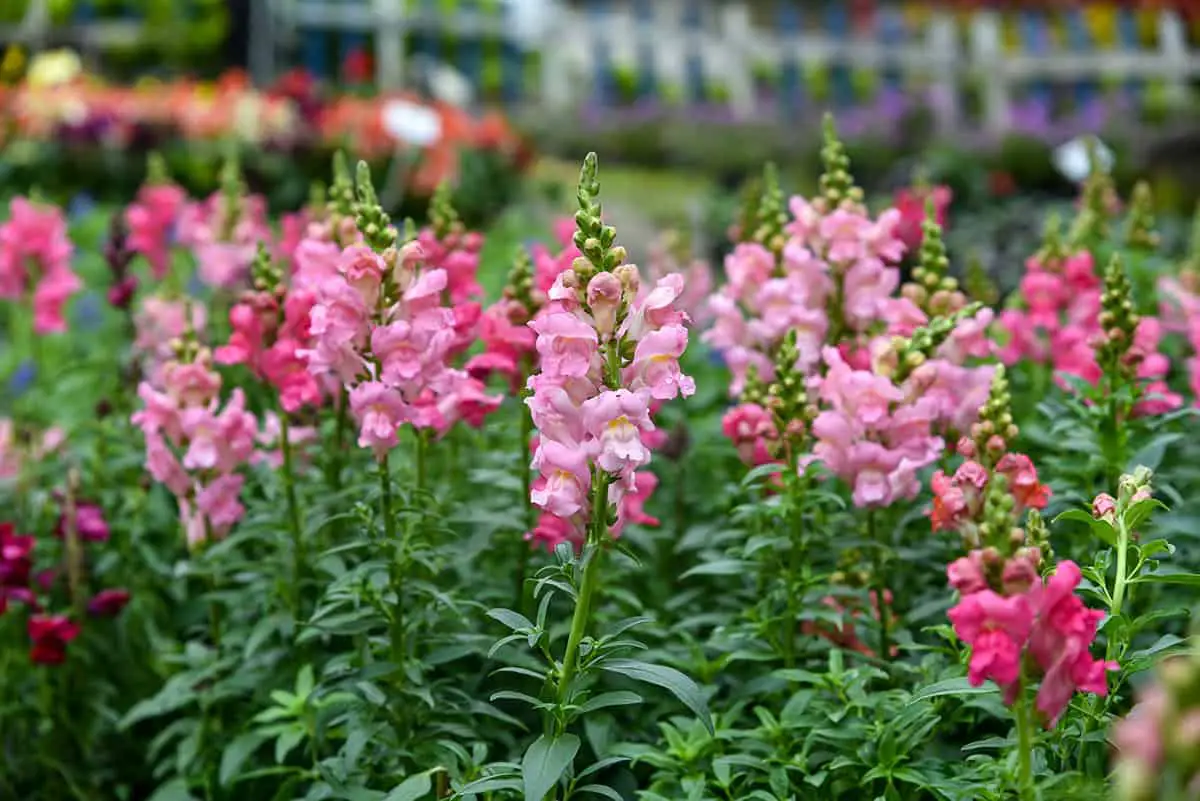
Snapdragons add height and bold color to your flower beds. Dwarf types are good for pots, while the tall ones look great in the back of a border. Think pinks, reds, yellows, and whites—lots of options.
Get them in the ground in late summer or early fall. They want fertile, loose soil and plenty of sun. Water them in well the first time.
Deadhead spent blooms to keep flowers coming. Snapdragons are surprisingly hardy and stick around late into autumn. Bonus: they’re great for cut arrangements indoors.
Calendula

If you’re after warm yellows and oranges, calendula is a solid pick for September. It grows quickly, shrugs off light frosts, and you can even toss the petals in a salad if you’re feeling fancy.
Full sun and well-drained soil are best. You can sow seeds right in the ground or transplant seedlings, just give them enough space.
Snip off faded blooms to encourage more. Calendula isn’t fussy about pests. Keep the soil evenly moist, but don’t let it get swampy.
Sweet Alyssum

Sweet alyssum is all about fragrance and tiny, delicate flowers. It’s a pollinator magnet and looks charming along edges or spilling from containers. White is classic, but there are also purple and pink shades if you want to mix it up.
Plant in full sun or a bit of shade. It grows fast from seed and doesn’t mind cool weather. Water enough to keep it happy, but don’t overdo it.
If it gets leggy, just shear it back for a fresh flush. It’ll often bloom right through mild winters, and when used as a ground cover, it can even help keep weeds in check.
Ornamental Kale
Ornamental kale brings in bold, textured leaves that get more colorful as the temperature drops—think green, white, pink, and purple. Use them as accents or fillers in beds and pots for a dramatic look.
Set out young plants now for the best root growth. They like sun but can handle some shade. Keep the soil moist, but not soggy.
They handle light frost like champs. Just pick off any leaves that get ratty. In milder climates, they’ll keep your garden interesting all winter.
Ornamental Cabbage
Ornamental cabbage gives you big, ruffled rosettes in purple, white, and pink. It thrives as the air gets cooler, and looks great in borders or containers.
Start with seedlings in rich, loose soil. Full sun brings out the best colors. Don’t let them dry out, especially during warm spells.
These don’t actually flower, but the leaves steal the show. They shrug off the first frosts. Pull off any damaged leaves to keep things tidy.
Dusty Miller
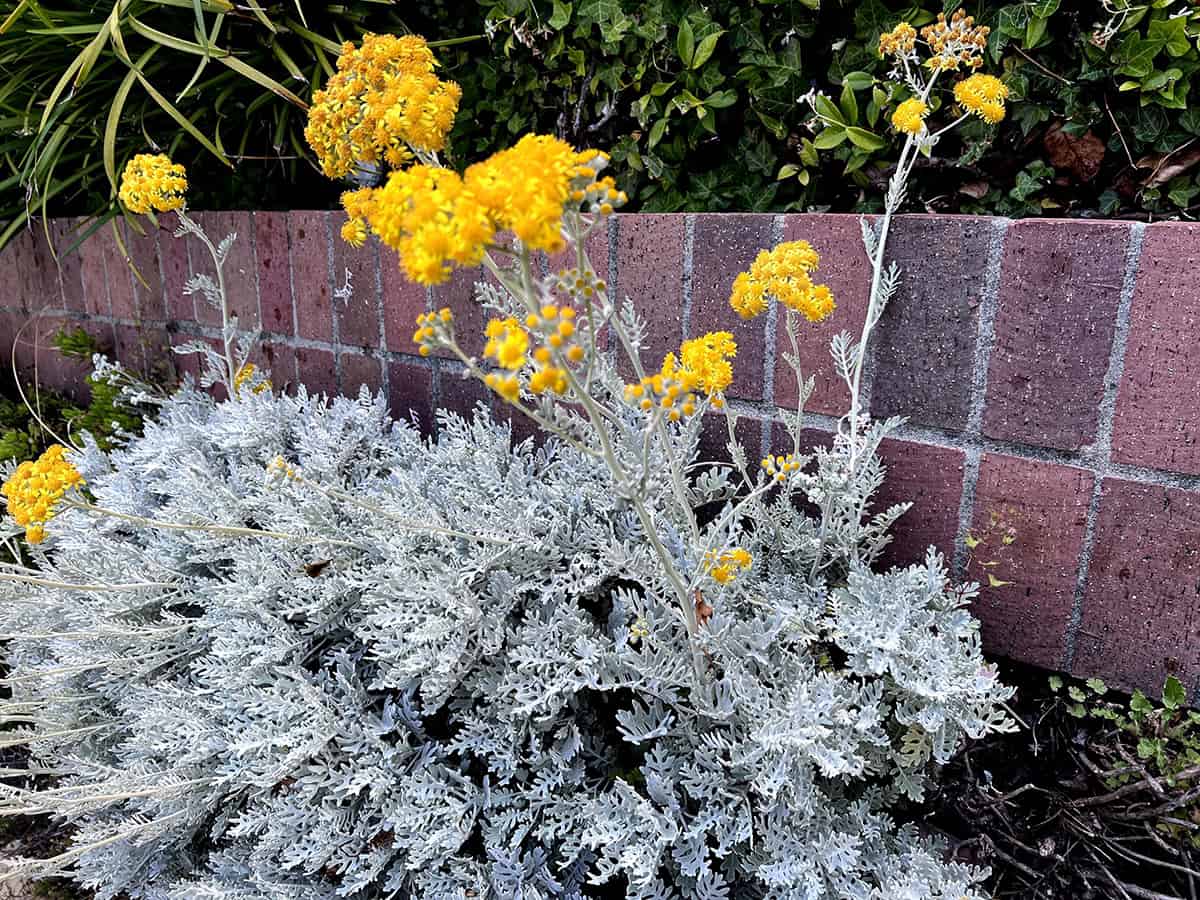
For a silvery contrast, Dusty Miller’s lacy leaves are a classic. It stays good-looking all through the cool months and makes a great accent or edging plant.
Find a sunny spot with well-drained soil—wet roots are a no-go. It doesn’t need as much water as most flowers once it’s settled in.
Transplants are easiest, but seeds work too. Pair it with pansies or violas for a nice effect. If it gets too wild, just trim it back.
Stock

Stock brings tall, fragrant spikes in white, pink, purple, or red. Some types even smell a bit like cloves—pretty pleasant, honestly.
They want rich, well-drained soil and good sun. Water them during dry spells, but don’t drown them.
They can handle cooler temps and a bit of frost. Snip off spent blooms to keep them flowering. They’re also lovely cut flowers for inside.
Coneflowers (Echinacea)
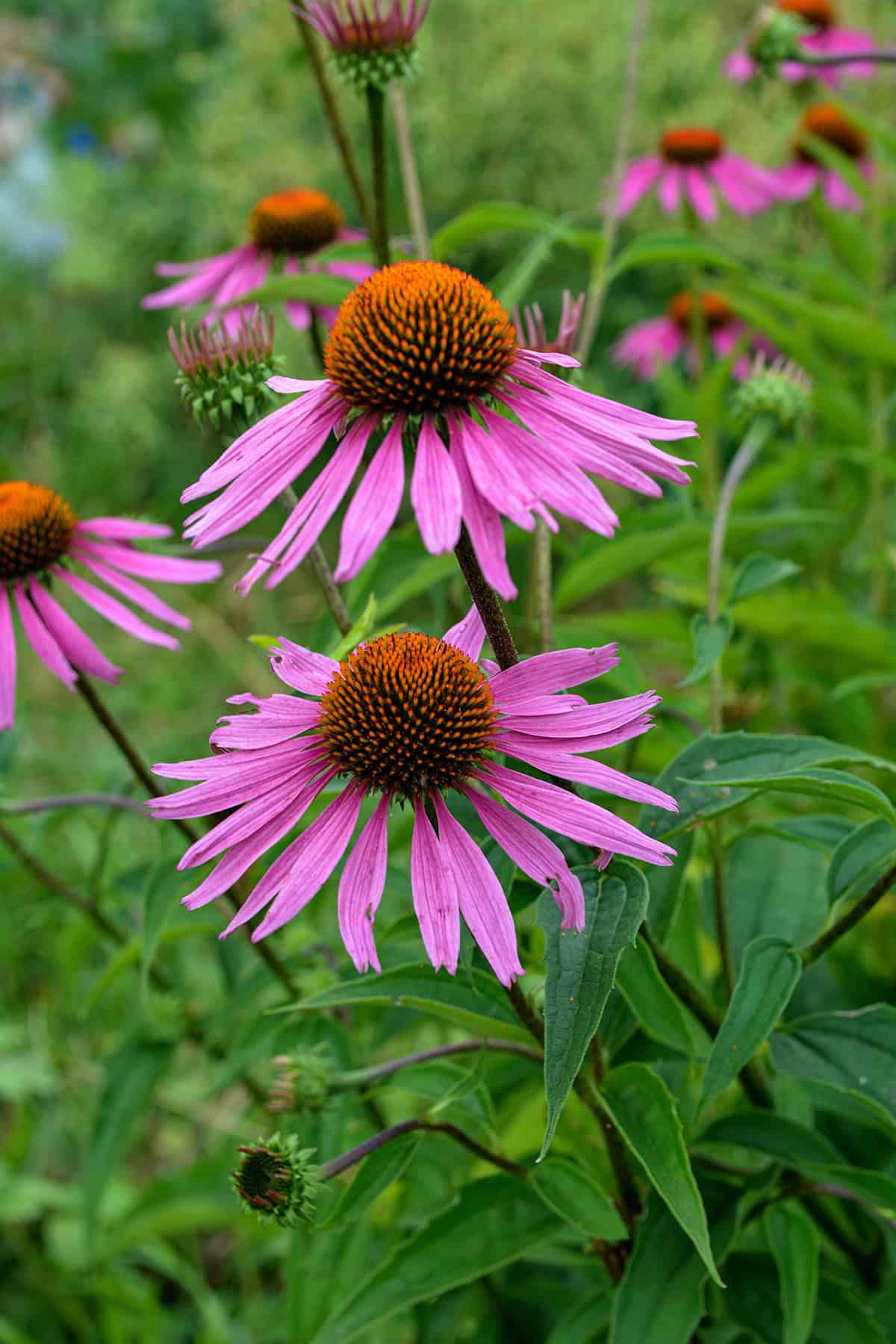
Coneflowers add height and sturdy, daisy-like blooms in purple, white, or pink. They’re a pollinator favorite—bees and butterflies love them.
Plant seedlings or root divisions now so they can settle in before winter. Full sun and well-drained, fertile soil are best. Water them in after planting.
Once they’re established, they’re pretty low-maintenance. Deadhead for more blooms, and leave a few seed heads for the birds later in the season.
Black-eyed Susan (Rudbeckia)
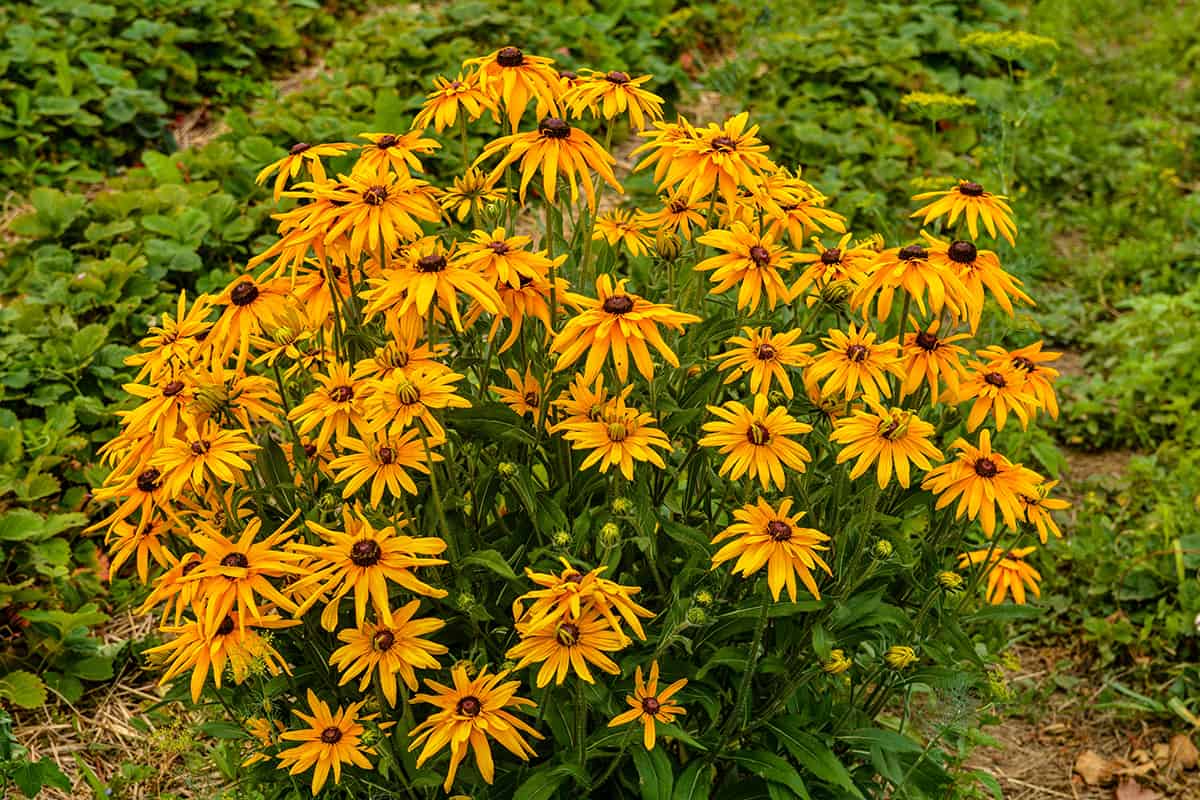
Black-eyed Susans are all about golden petals and dark centers. They’re great for mass plantings or mixed borders, and don’t ask for much.
Give them a sunny spot with decent drainage. Fall-planted seedlings dig deep roots. Water until they’re settled.
Deadhead to extend blooming. Bees and butterflies will drop by, and these plants are pretty drought-tolerant once they’re going.
Columbine
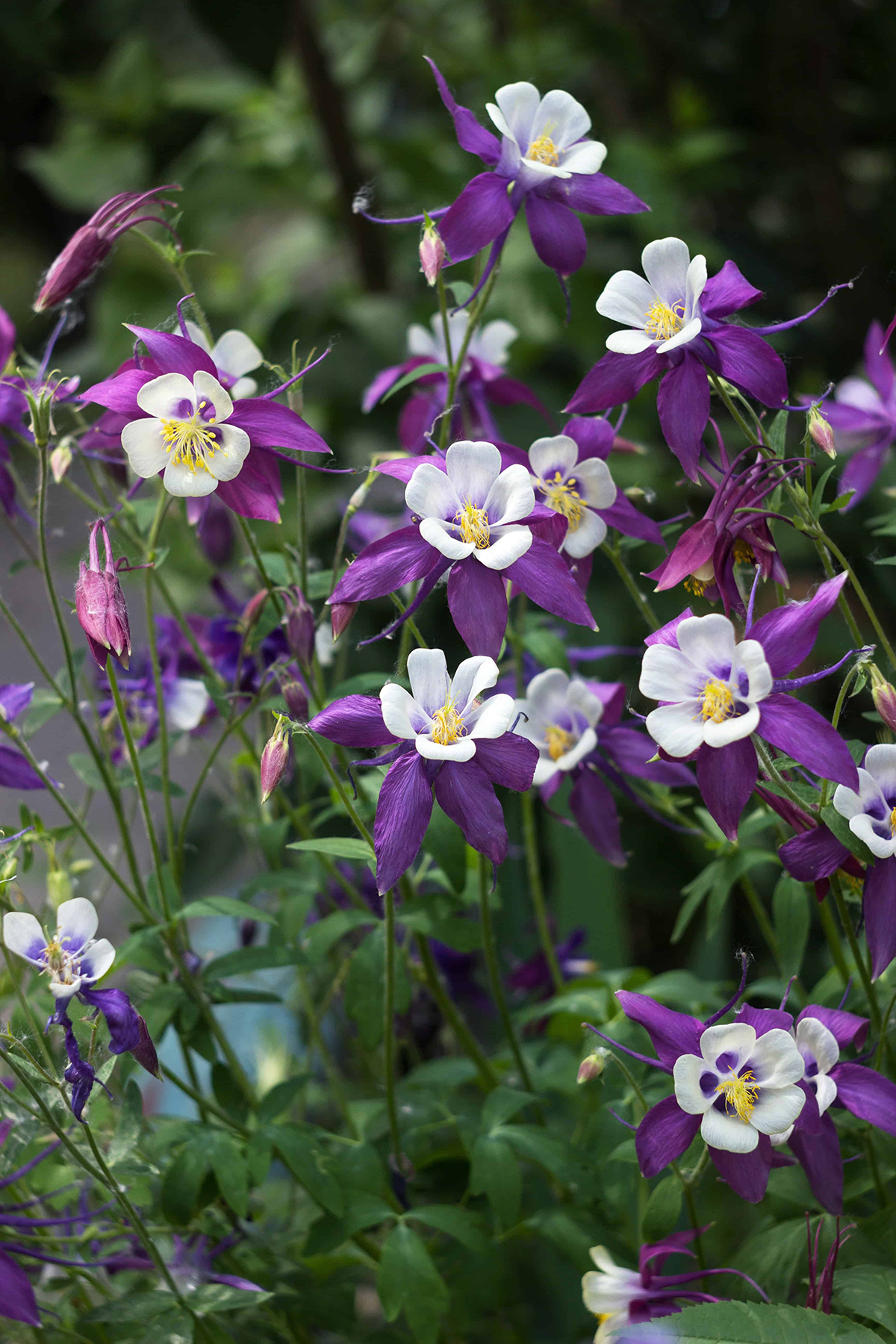
Columbine has those graceful, spurred flowers in a mix of colors. They do well in partial shade, so they’re perfect under trees or tucked in with bigger shrubs. They often self-seed, so you might get pleasant surprises next spring.
Seedlings or divisions go in moist, well-drained soil. Water if it’s dry, but they’re not super picky.
They attract hummingbirds and other pollinators. Mulch around the base to keep roots cool. If you don’t want them spreading everywhere, cut off the old flowers before seeds drop.
Hellebores (Lenten Rose)
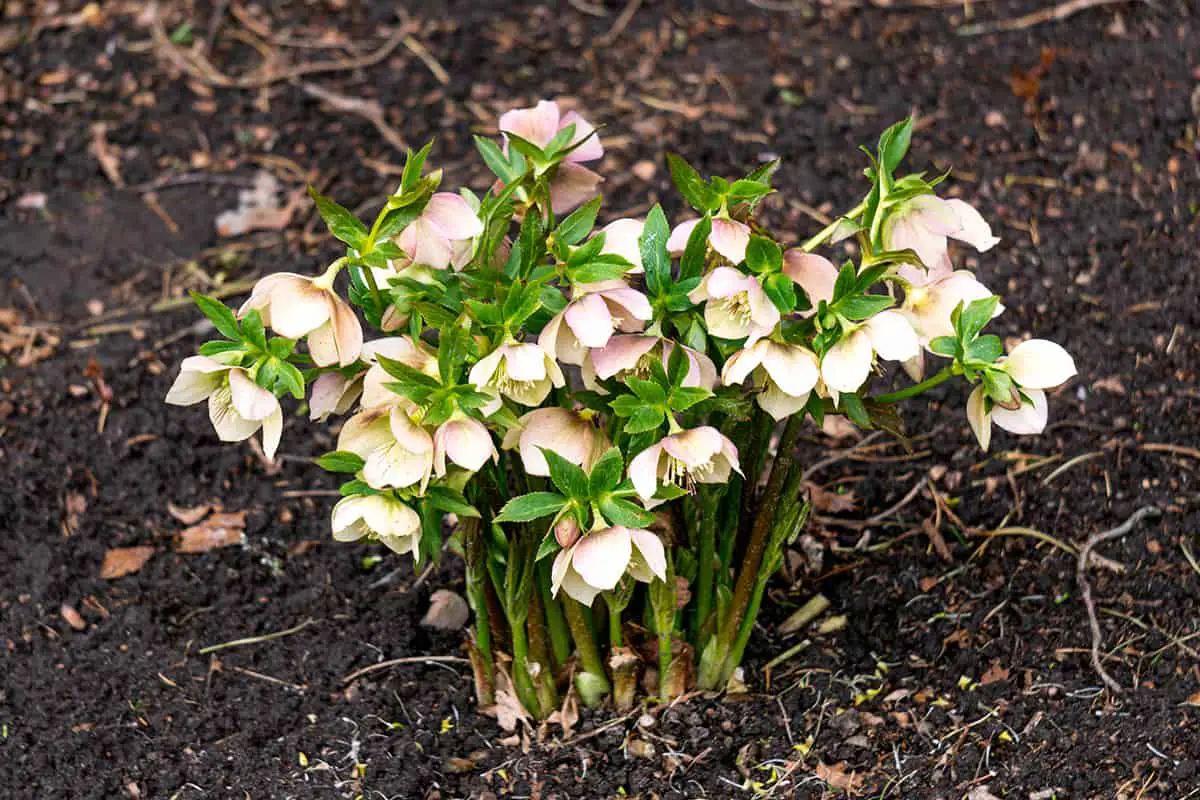
Hellebores bloom early—sometimes late winter or early spring—with nodding flowers in soft colors. They’re perfect for shady spots and the leaves stick around all year in mild climates.
Put them in rich, well-drained soil and keep the moisture steady. A sheltered spot out of harsh winds is best. Mulching helps keep roots safe from temperature swings.
The leathery leaves and unique flowers are a draw. They’re deer-resistant and don’t fuss much about pests. Just steer clear of soggy spots.
Lupines

Lupines send up tall spikes in blue, purple, white, pink, and yellow. They’re perennials that even help improve your soil by fixing nitrogen. Wildflower gardens or mixed borders—either works.
Sow seeds now if you want the best results. Sandy or loamy soil with good drainage is key. Full sun gives you the strongest spikes.
Water as they get established. Avoid spots where water lingers. Snip off old spikes for more blooms.
Gaillardia (Blanket Flower)
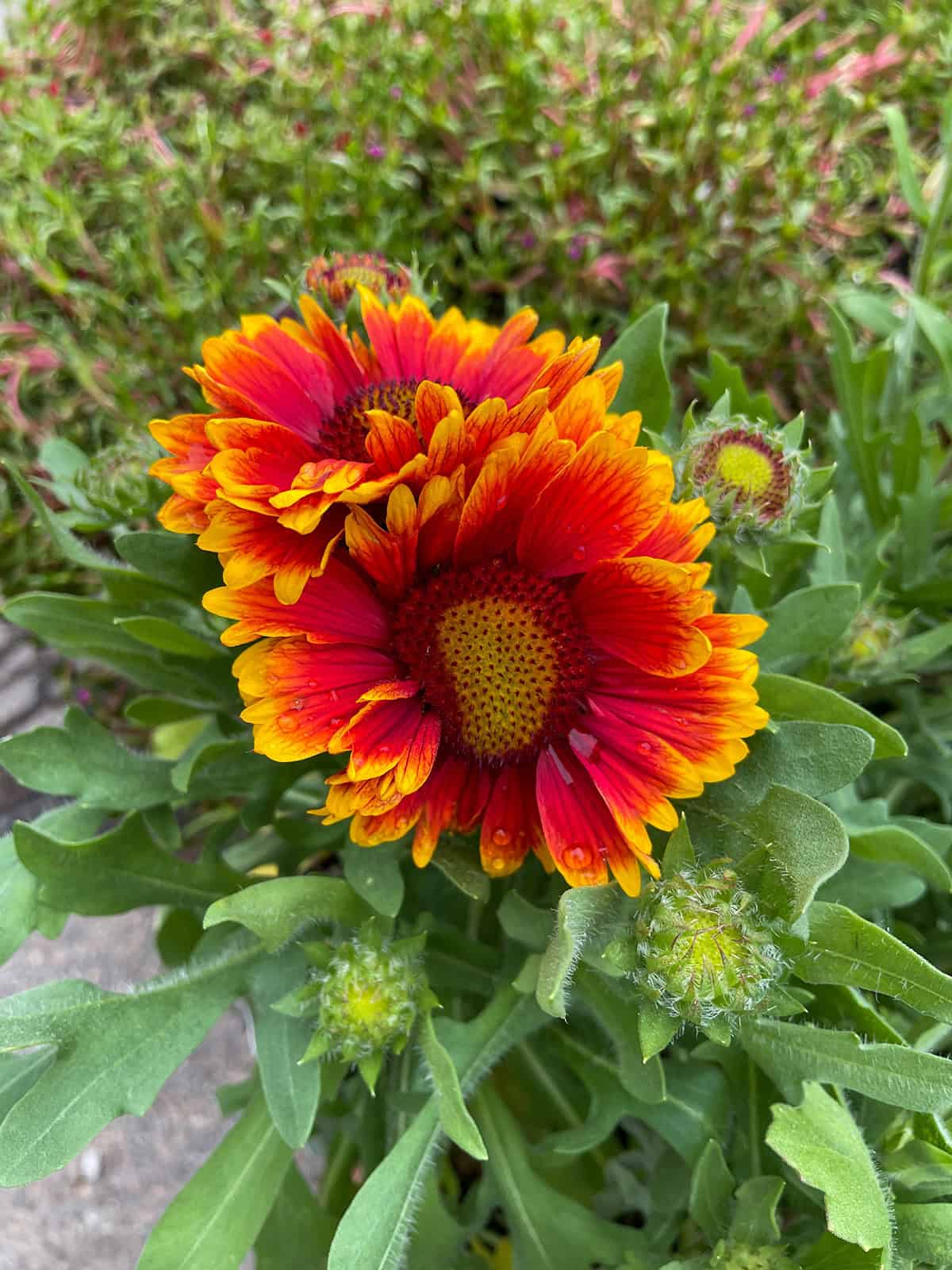
Gaillardia, or blanket flower, gives you daisy-like blooms in fiery reds, oranges, and yellows. They bloom for ages and bring in pollinators. If you want a bright, laid-back look, these are for you.
Full sun and well-drained soil is the way to go. They’re tough once established, even in poor soil. Water young plants until they settle in.
Take off faded blooms for more color. Gaillardia is rarely bothered by pests. It’s a true low-care option.
Shasta Daisy
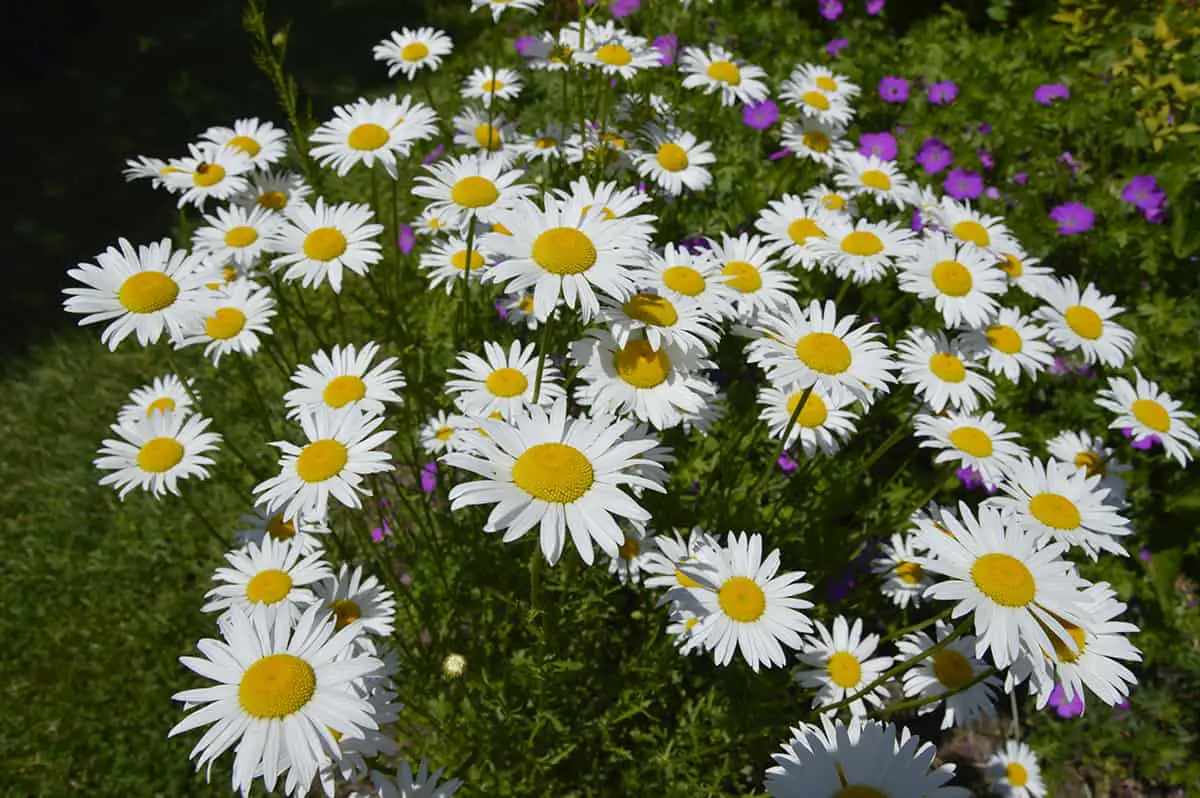
Shasta daisies are classic—big white petals, yellow centers, and loads of charm. Getting them in the ground now gives them a head start for spring.
They want full sun and soil that drains well. Give them space so air can move around.
Water after planting but let the soil dry a bit between waterings. Deadhead for more blooms. They’re also great for cutting and bringing inside.
Salvia
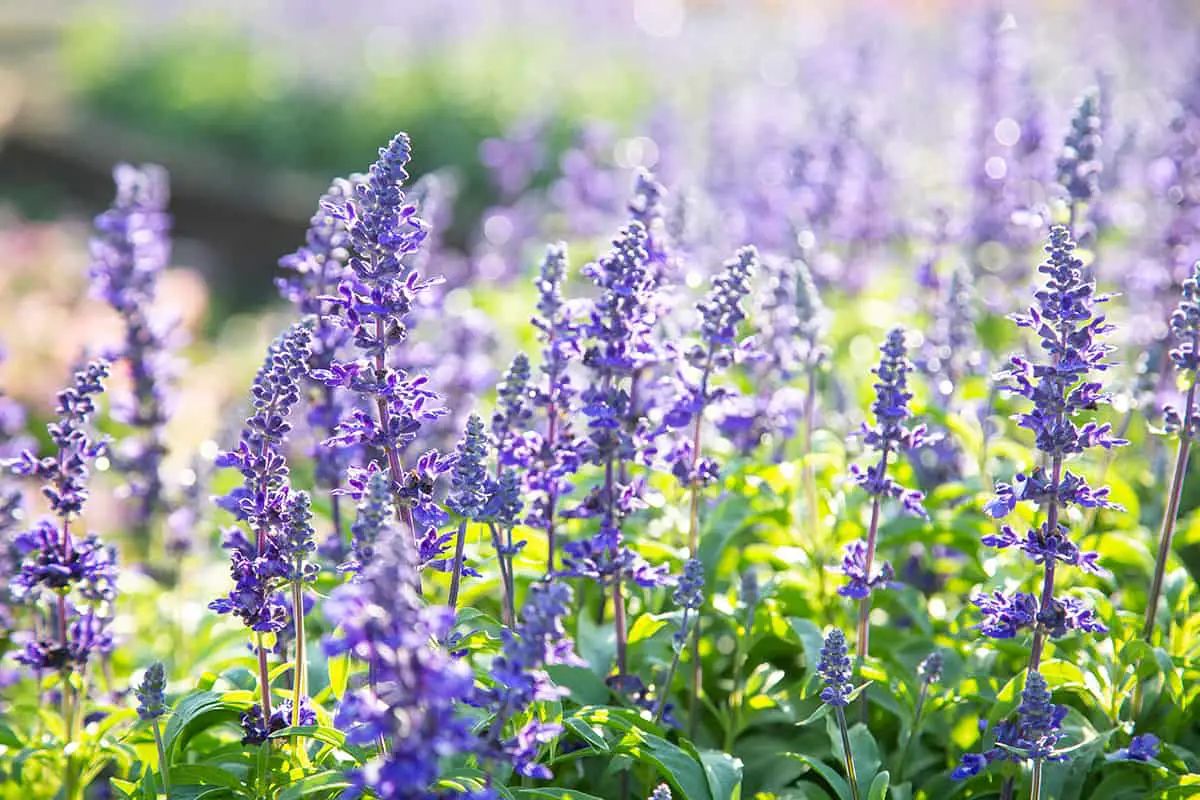
Salvia brings vertical spikes in blue, purple, red, or white, and pollinators can’t get enough. There are both annual and perennial types, so you’ve got options.
Full sun and well-drained soil are best. Water in dry spells, and deadhead to keep flowers coming.
They’re deer-resistant and not fussy about pests. If they get leggy, just trim them. Use them in borders or pollinator gardens for extra life.
Coreopsis

Coreopsis is all about cheerful yellow, pink, or red blooms that last and last. These perennials don’t mind poor soil and love the sun. They’re pretty much set-and-forget once established.
September is a great time for seeds or seedlings. Keep the soil moist at first, then let them do their thing. Once they’re going, they shrug off drought.
Deadhead to keep them blooming. Divide clumps every few years if they get crowded. Bees and butterflies will thank you.
Tulips
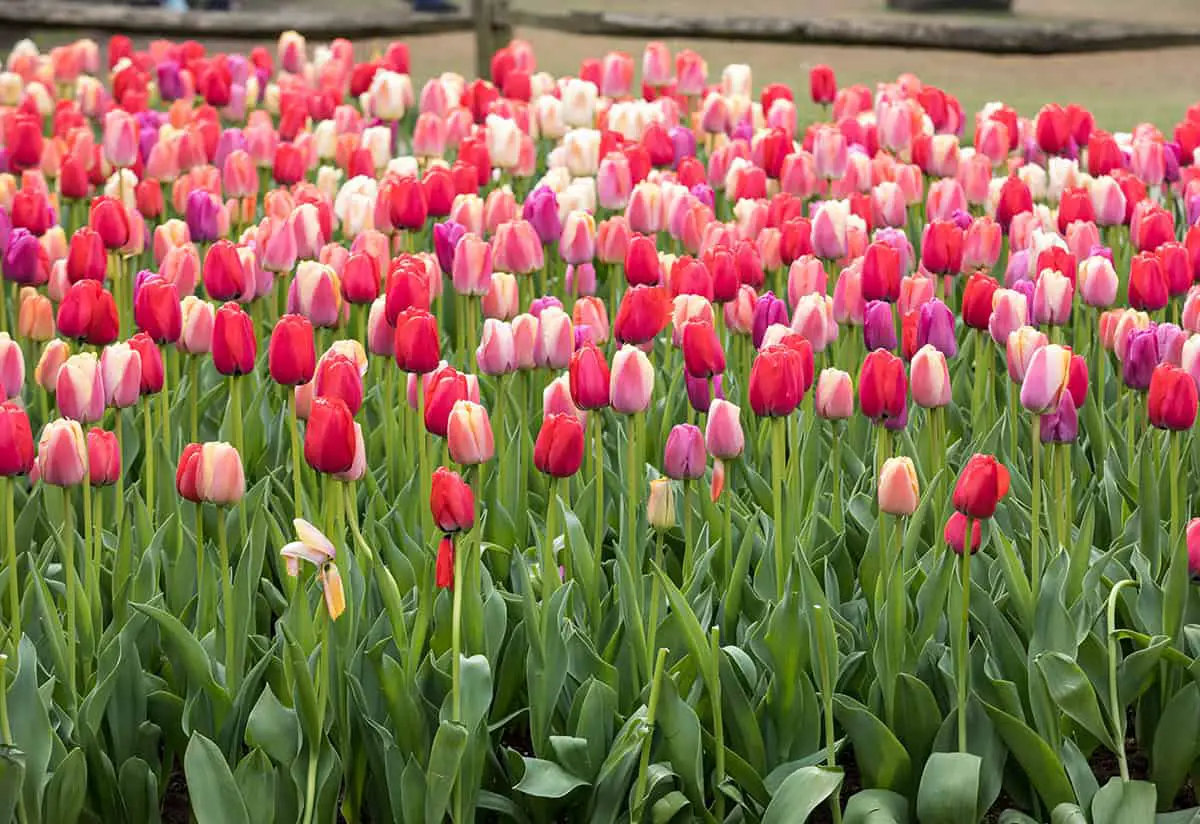
Tulip bulbs go in the ground now for classic spring color. There are so many colors and shapes, it’s almost overwhelming. Get good bulbs for the best show.
Well-drained soil is a must. Plant about 6 inches deep, pointy side up. Don’t crowd them too much—airflow helps.
Water after planting to get roots started. Avoid soggy spots in winter. In cold places, a layer of mulch helps protect them.
Daffodils
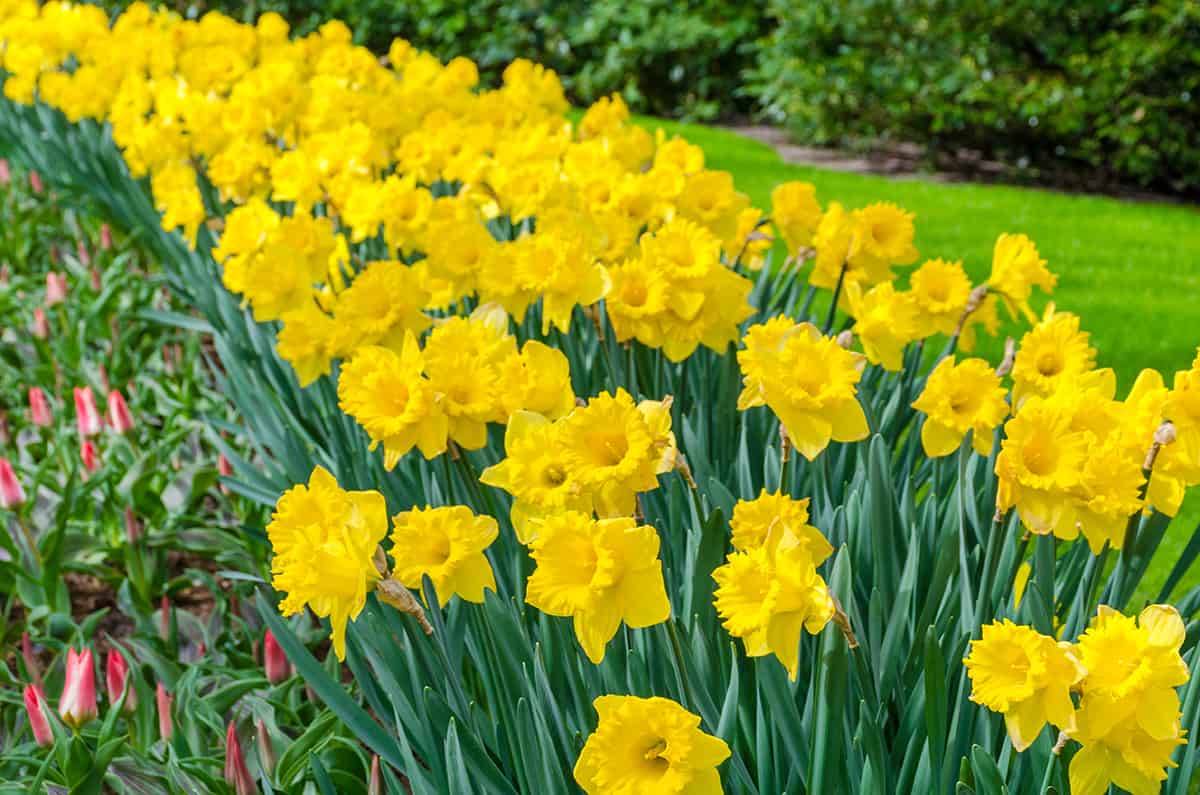
Daffodils bring bright yellow, white, or two-toned blooms in early spring. Plant bulbs in September for a strong start. They’re super easy and deer usually leave them alone.
Pick a sunny, well-drained spot. Plant bulbs about twice as deep as they are tall, and give them space.
Water well after planting, and mulch if you want extra winter protection. Daffodils often come back year after year with very little fuss.
Hyacinths
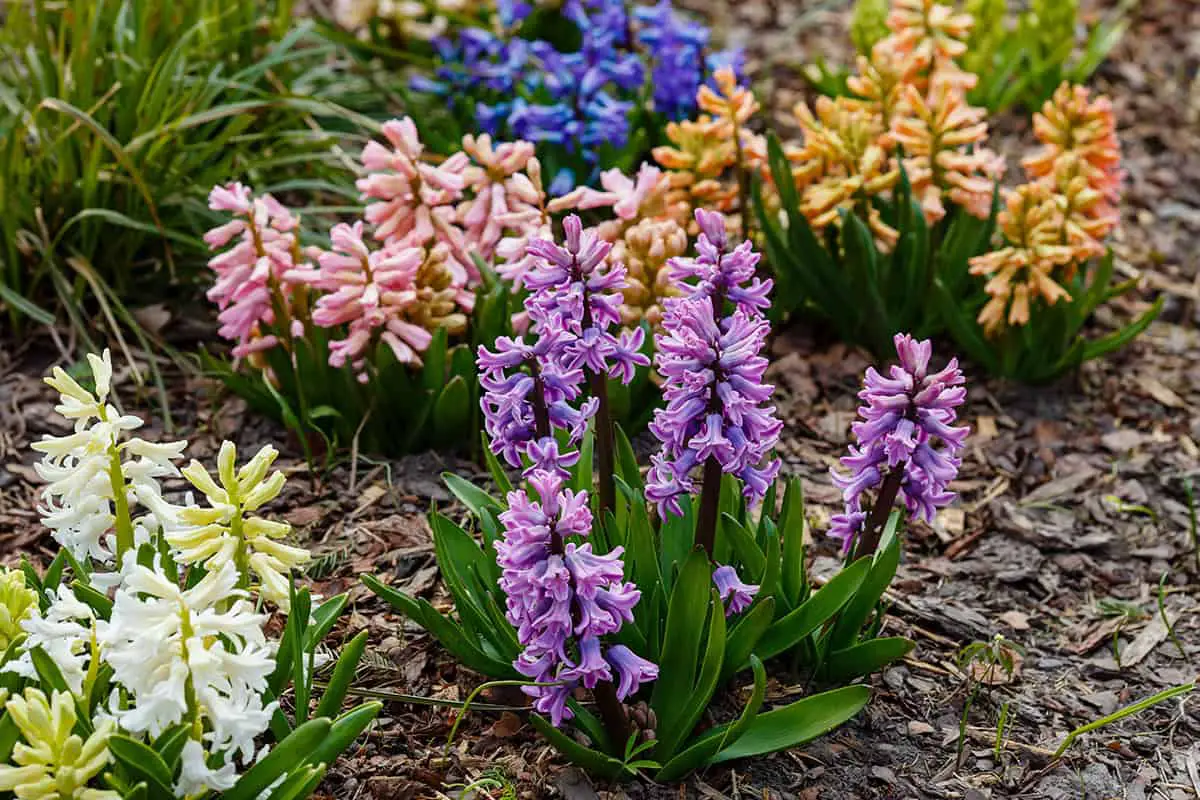
Hyacinths pack a punch with dense, fragrant flower spikes in blue, pink, white, or purple. September or early October is the time to get bulbs in the ground.
Use fertile, well-drained soil. Plant bulbs about 4 inches deep, then cover them up. Water to settle the soil.
Put them where you’ll catch the scent in spring. They’re great in borders or pots. Keep pets away from bulbs—they’re toxic if eaten.
Crocus

These bulbs bloom early, splashing color around when nearly everything else is still waiting for spring. Mixing purple, yellow, and white types gives you a lively patch that feels like a celebration. They’re handy for lawns, tucked under trees, or edging borders—honestly, they pop up just about anywhere you let them.
September’s the time to get them in the ground. They want full sun and soil that drains well. Bury each bulb about 3 inches deep, a few inches apart—nothing too fussy.
Give them a good soak after planting. Over time, they tend to multiply, turning into little carpets of color that bees seem to love.
Alliums

There’s something striking about those globe-shaped blooms—purple, white, even pink. They show up in late spring or early summer, making a statement when other flowers are winding down. Tall ones are perfect for the back of your borders, while the shorter types are happy up front.
Stick them in well-drained soil where they’ll catch some sun. The usual rule: plant bulbs at a depth about three times their diameter. Give them some space so air can move around—nobody wants mildew.
Rodents and deer tend to steer clear, which is a bonus. Water well when planting, then just let them be through winter. Even after the blooms fade, those seed heads stick around and look cool in the garden.
Grape Hyacinths (Muscari)
Muscari brings up those little blue, purple, or white spikes right at the start of spring. They’re simple to plant and don’t ask for much. Try them in clusters, under trees, or mixed in with other spring bulbs—whatever feels right.
September works for planting, about 3 inches deep in soil that drains well. Sun or partial shade is fine. Water after planting to help them settle in.
Once they’re established, they usually come back year after year with barely any effort. The flowers have a clean scent that draws in pollinators, and honestly, they’re just easy to like.
Milkweed (Asclepias)
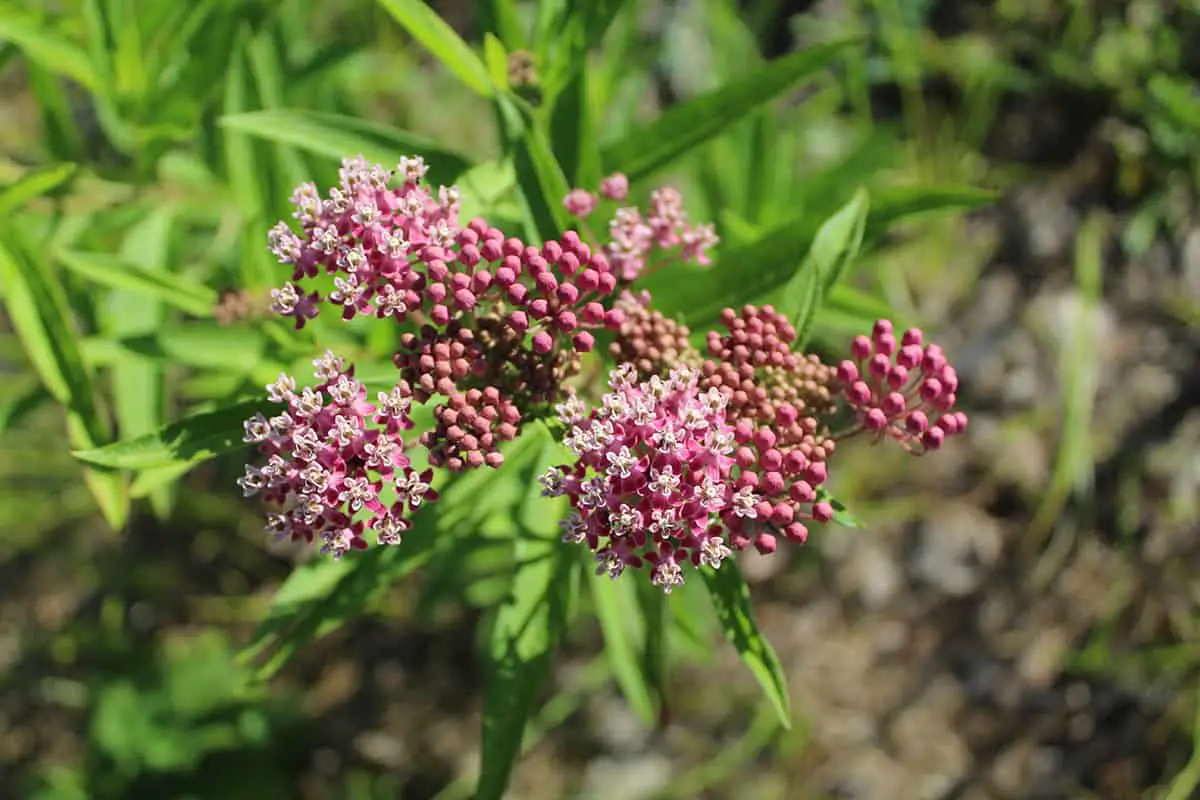
These plants are a lifeline for monarch butterflies, giving their caterpillars something good to munch on. Blooms show up in clusters, with colors that range anywhere from orange to pink or even white. If you can, stick with native species—they just fit better with the local wildlife.
Seeds or young plants do best in sunny spots and soil that doesn’t stay soggy. Give them some room to spread out; they’ll need it once they’re grown. Early autumn’s probably your best bet for planting, since roots get a head start before winter.
Water them at first, but once they settle in, they’re surprisingly tough and don’t mind dry spells. Skip the pesticides—monarchs and other pollinators will thank you. Flowers usually show up the next season, bringing in butterflies and a whole lot of life to your garden.

